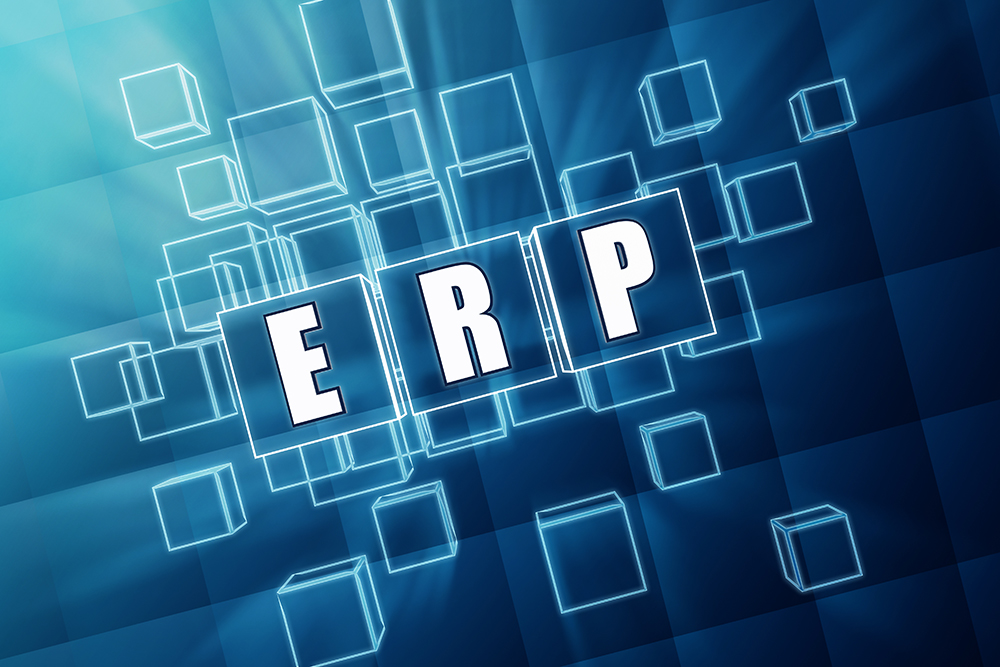Are you getting the most out of your ERP system?

You get your car serviced regularly. You probably review your mortgage to ensure you’re getting a competitive rate. And (hopefully) you see a doctor now and again for a check-up. But how often do you review the performance of your ERP system—the very heart of your business—to make sure it’s in top shape?
If you’re like many manufacturers, the answer might be, "not often enough." Don’t worry, though—here are some tips to ensure your ERP system is running at peak performance.
An ERP system is a major investment for manufacturers in terms of cost, time, and resources. Once you’ve implemented one, you want to ensure you’re making the most of it every day. Let’s explore three key things you should be doing to maximise your ERP investment.
1. Training
It may seem obvious, but it’s surprising how many companies overlook regular training for their team. ERP systems can be complex and require thorough training. After implementation, employees typically come out of training, confident and ready to use the system. However, ERP systems often outlast the tenure of employees, meaning those who were originally trained may no longer be with the company.
Scheduling regular training offers several benefits—new hires receive formal instruction, while experienced staff can refresh or deepen their skills. Additionally, encourage your team to leverage training resources, such as system knowledge bases and online tutorials. You don’t want to be the company with an ERP system no one knows how to use!
If you’re not already, consider designating internal "ERP champions" who are particularly knowledgeable about the system. These team members can provide day-to-day support and keep everyone up to speed on new features or modules that could benefit your operations.
2. Servicing
Yes, your ERP system needs servicing too. If you’re not on a Cloud platform (which offer the benefit of automatic updates), you need to keep checking as to whether you are running the latest version of your software. Regular updates not only address potential bugs or glitches but often come with new features designed to enhance productivity.
Additionally, consider whether all parts of your ERP are functioning as effectively as possible. Are there areas of the system you’ve opted not to use? Streamlining unused components may help your team focus better on what’s essential. Alternatively, you might find a business process that wasn’t well-defined initially and is now making the system more difficult to use. Periodic reviews can uncover and resolve such inefficiencies.
New modules might also be available, offering even more functionality. Many customers start using only a few key areas of E-Max ERP and later expand to fully utilise every aspect—sometimes even modules they originally thought unnecessary. Staying updated on what’s new ensures you don’t miss opportunities to perform more efficiently.
Don’t forget to include feedback from your team when reviewing your ERP system. They are the ones using it daily and can provide valuable insights into what’s working well and what could be improved.
3. Utilising
Another element to consider is how well are you utilising all the features of your ERP system? ERP systems like E-Max ERP are packed with functionality, and it’s easy to forget about lesser-used features. Often, users stick to the same processes and reports, day in and day out.
Keep asking yourself what other insights or efficiencies your ERP system can deliver. Reports or tools you don’t use frequently can often reveal opportunities to further streamline operations. Continuous improvement applies not only to your business processes but also to how you use your software.
Set aside time each quarter to explore new or underutilised features and stay in contact with your provider to be first to hear about new developments. This proactive approach can help you uncover efficiencies you didn’t even know were available. Whether it’s advanced analytics or automated workflows, a well-utilised ERP system can give you a competitive edge.
Conclusion
By following these three simple tips, you can be confident you’re getting real value from your ERP system. Getting the most out of your ERP system isn’t a one-time effort—it requires ongoing attention to training, servicing, and how you are using it.
For more information on E-Max ERP and how we can help you get the most from an ERP system, please give us a call on 0808 109 2035, email us or arrange a short personalised online demo to see what else E-Max ERP can do for your business.





